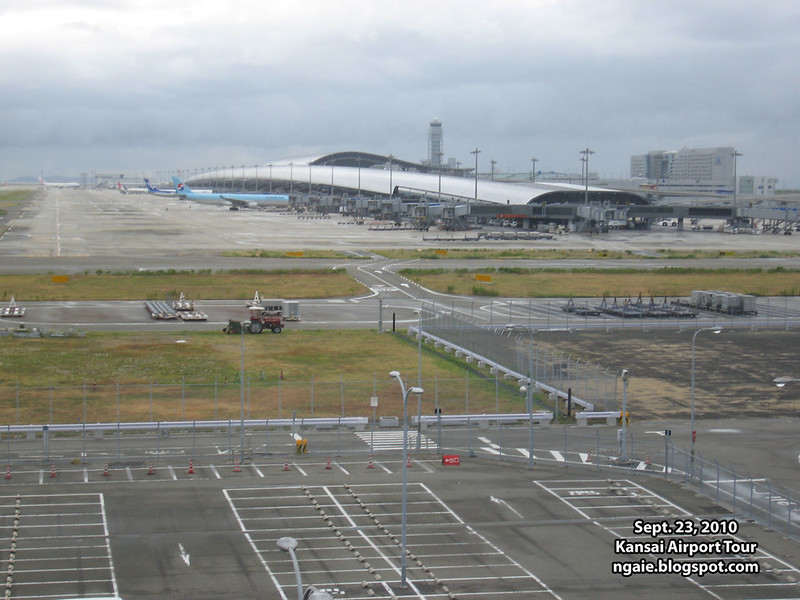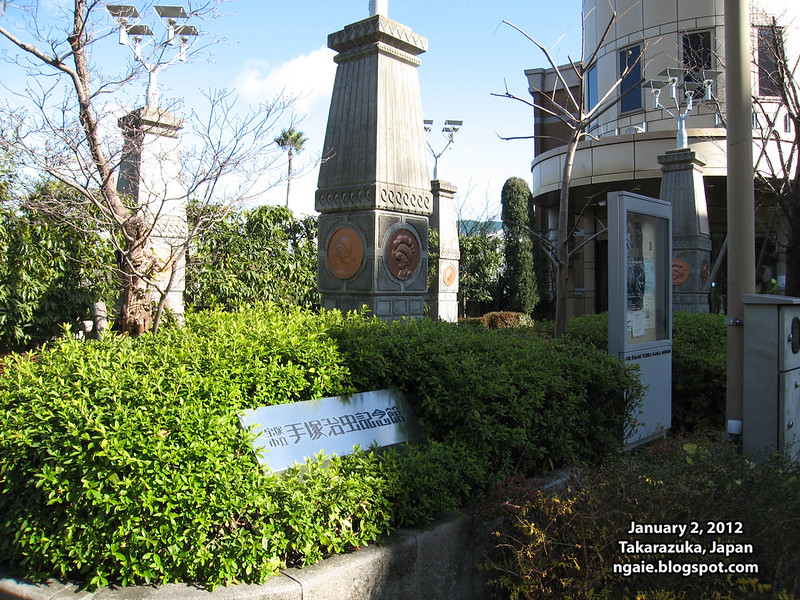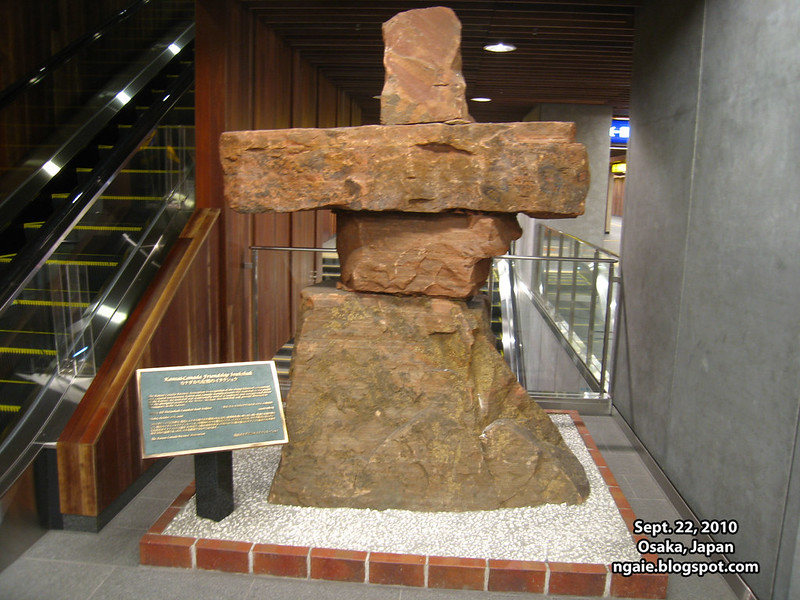There are approximately three things that first got me interested in Japan: Sony/consumer electronics [now completely irrelevant], Shinkansen (bullet train) and Kansai Airport.
I first learned about Kansai Airport in 1994 at the age of 11 when my dad told me about reading some magazine article on some "crazy" airport that was being built in Japan on an entirely man-made island. This got me really interested and I asked him to bring me the article so I could read it and the next day I received the article, ripped out of from the employee lounge's copy of Time magazine ^^
It would be until 2004 until I had the chance to visit the
Renzo Piano-designed Kansai Airport for the first time. However this was a family trip using the Japan Rail Pass and we didn't have much time so I managed to convince the others to visit the airport at night since we didn't have to pay any extra fees as we had the rail pass.
Although I finally got the chance to visit the airport that I first got to know about in 1994, because we visited at night, I could not explore as much as I wanted, mainly I wanted to see the man-made island and the double-decker railway/road bridge.
Now upon gaining some (crappy) Japanese language ability as a result of my undergraduate student exchange and my current post-graduate studies, I found out that they offered tours of the airport so I scheduled a tour on my mini-trip to Kansai in Sept. 2010.
The Renzo Piano-designed international terminal building from the visitor's centre.








